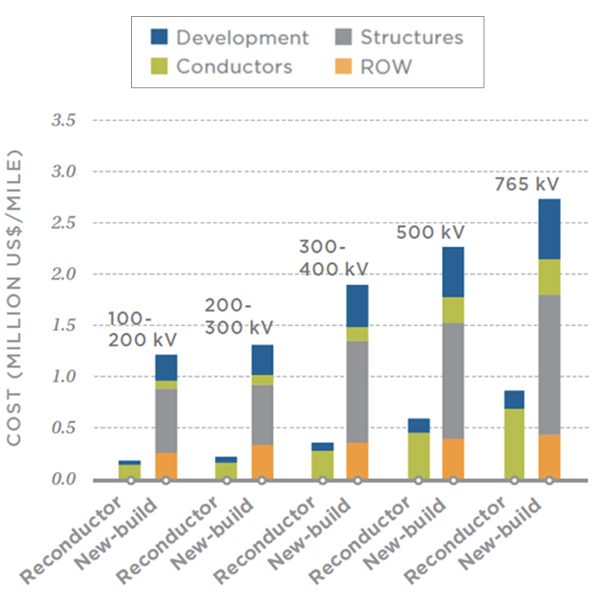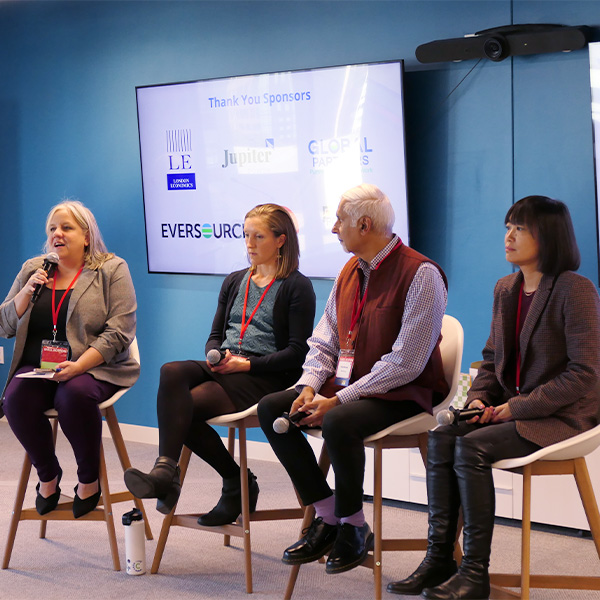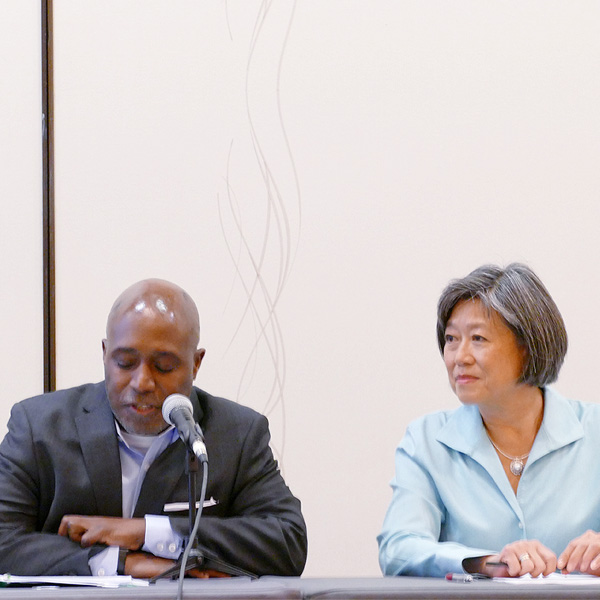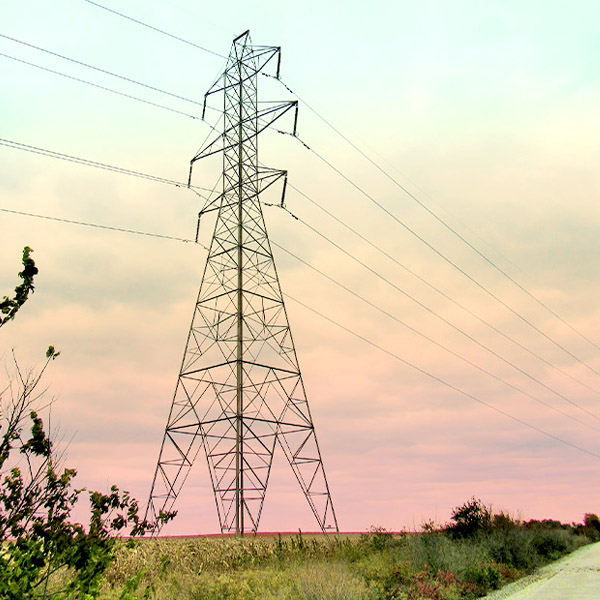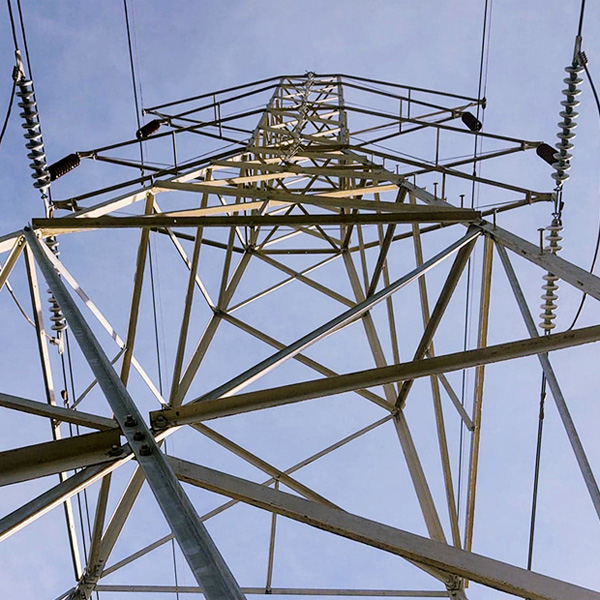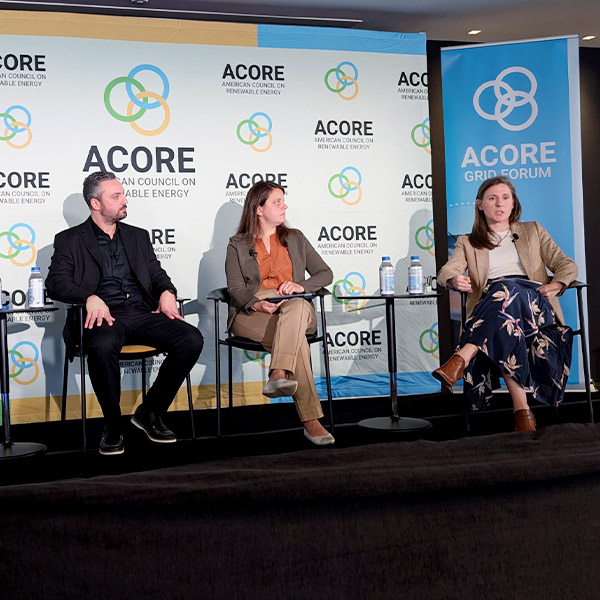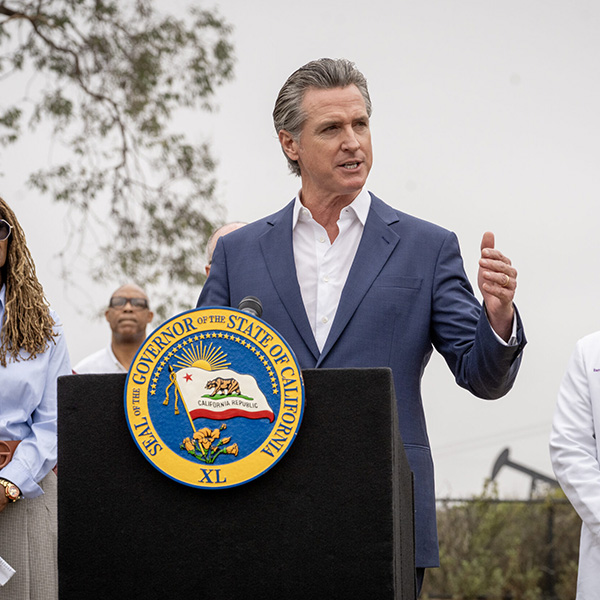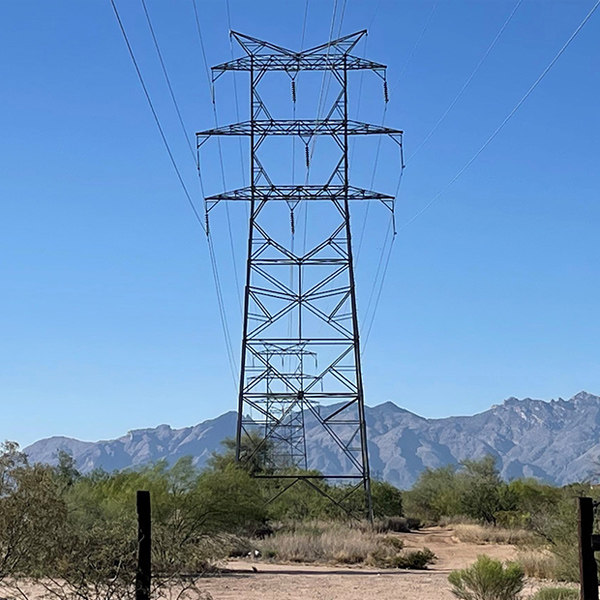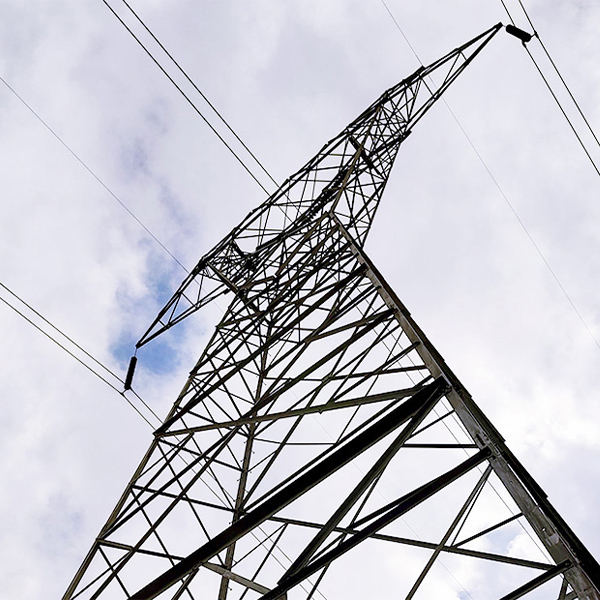grid enhancing technologies (GETs)
ACORE released a report arguing that transmission planners need to take advantage of advanced technologies and can do so as they implement FERC Order 1920.
Massachusetts lawmakers and industry members must double down on efforts to rapidly scale up new renewable technologies to meet the needs of the energy transition, speakers at the Northeast Energy and Commerce Association’s Energy Innovation Forum emphasized.
The NARUC board adopted a resolution emphasizing the role GETs and high-performance conductors can play in reducing customer costs and improving reliability.
Utilities and grid operators urged caution on new dynamic line rating requirements while state regulators, consumers and grid enhancing technology firms said they want the mandates.
The commission received dozens of comments on its advanced notice of proposed rulemaking that would require broad use of dynamic line ratings across the U.S. transmission grid.
Different industry stakeholders have estimated it may take five to 10 years for FERC Order 1920 to have any major impacts on transmission planning.
The bills signed by the California governor cover rules around transmission approval, GETs, grid reliability standards and bi-directional EV charging.
California's governor has signed a bill that proponents say will speed the deployment of grid-enhancing technologies — techniques that can rapidly boost grid capacity and increase the use of renewable resources.
Advanced transmission technologies can help utilities meet the rising levels of demand that are stressing the grid, according to a report from the Massachusetts Institute of Technology’s Center for Energy and Environmental Policy Research.
Americans for a Clean Energy Grid released a report highlighting the critical role states can play in modernizing and expanding the grid.
Want more? Advanced Search
